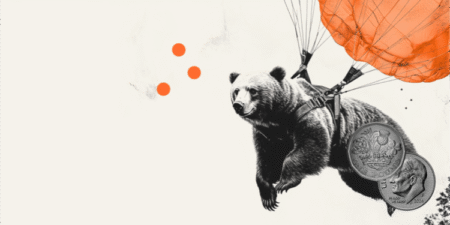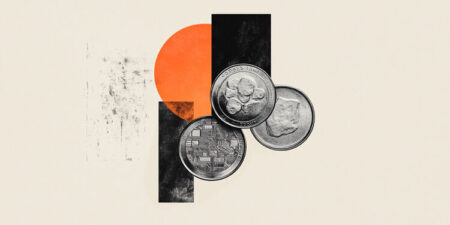- The Dollar extends gains for the third consecutive day as Middle East tensions escalate.
- The positive impact of higher Oil prices on the CAD remains subdued amid the strong risk-off sentiment.
- Fed Powell’s hawkish remarks provided additional support to the US Dollar.
The USD/CAD advances for the third consecutive day on Thursday and remains steady above 1.3700 at the moment of writing, after having tested the early June highs, near the 1.3730 area earlier today.
The US Dollar is one of the strongest G8 performers on Thursday, as investors rush for safe assets, amid growing fears that the US will strike Iran, bringing the Middle East conflict into a full-blown war of unforeseeable consequences.
Fears of a US strike on Iran are underpinning the USD
US President Donald Trump’s ambiguous comments when questioned whether there were plans to enter the Israel-Iran war unnerved investors on Wednesday, before a news report suggesting that US officials would be preparing a strike on Iran spooked traders further.
Earlier on Wednesday, Iran’s Supreme Leader, Ali Khamenei, refused Trump’s demand of unconditional surrender and warned of “irreparable consequences” if the US involved in a war against the Islamic Republic.
The risk-averse sentiment has pushed the USD/CAD more than 1% higher over the last three days and is offsetting the positive impact of higher Oil prices in the commodity-sensitive CAD for now.
Also on Wednesday, the Federal Reserve left interest rates unchanged and kept hopes of two more rate cuts this year. Chairman Powell dampened optimism later on, warning about inflationary pressures stemming from tariffs in the press release, and provided additional support to the US Dollar.
to 1.3730
Canadian Dollar FAQs
The key factors driving the Canadian Dollar (CAD) are the level of interest rates set by the Bank of Canada (BoC), the price of Oil, Canada’s largest export, the health of its economy, inflation and the Trade Balance, which is the difference between the value of Canada’s exports versus its imports. Other factors include market sentiment – whether investors are taking on more risky assets (risk-on) or seeking safe-havens (risk-off) – with risk-on being CAD-positive. As its largest trading partner, the health of the US economy is also a key factor influencing the Canadian Dollar.
The Bank of Canada (BoC) has a significant influence on the Canadian Dollar by setting the level of interest rates that banks can lend to one another. This influences the level of interest rates for everyone. The main goal of the BoC is to maintain inflation at 1-3% by adjusting interest rates up or down. Relatively higher interest rates tend to be positive for the CAD. The Bank of Canada can also use quantitative easing and tightening to influence credit conditions, with the former CAD-negative and the latter CAD-positive.
The price of Oil is a key factor impacting the value of the Canadian Dollar. Petroleum is Canada’s biggest export, so Oil price tends to have an immediate impact on the CAD value. Generally, if Oil price rises CAD also goes up, as aggregate demand for the currency increases. The opposite is the case if the price of Oil falls. Higher Oil prices also tend to result in a greater likelihood of a positive Trade Balance, which is also supportive of the CAD.
While inflation had always traditionally been thought of as a negative factor for a currency since it lowers the value of money, the opposite has actually been the case in modern times with the relaxation of cross-border capital controls. Higher inflation tends to lead central banks to put up interest rates which attracts more capital inflows from global investors seeking a lucrative place to keep their money. This increases demand for the local currency, which in Canada’s case is the Canadian Dollar.
Macroeconomic data releases gauge the health of the economy and can have an impact on the Canadian Dollar. Indicators such as GDP, Manufacturing and Services PMIs, employment, and consumer sentiment surveys can all influence the direction of the CAD. A strong economy is good for the Canadian Dollar. Not only does it attract more foreign investment but it may encourage the Bank of Canada to put up interest rates, leading to a stronger currency. If economic data is weak, however, the CAD is likely to fall.
Read the full article here
















